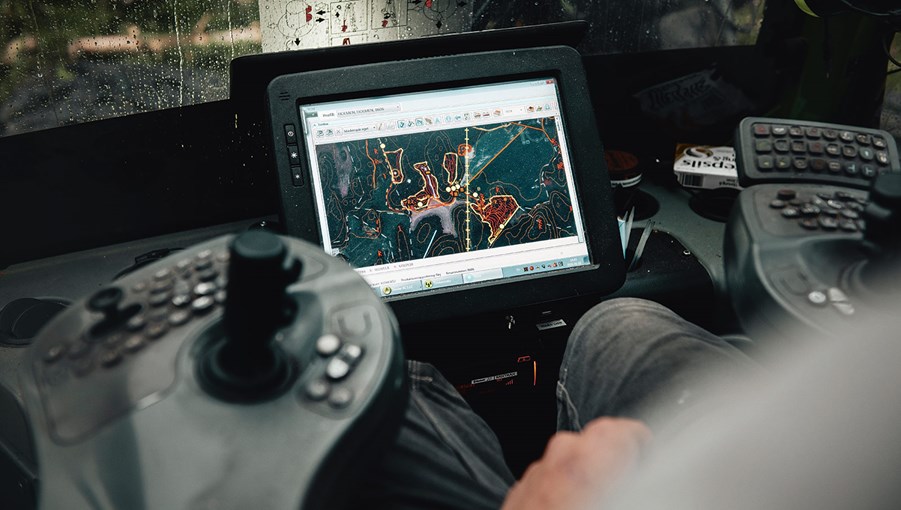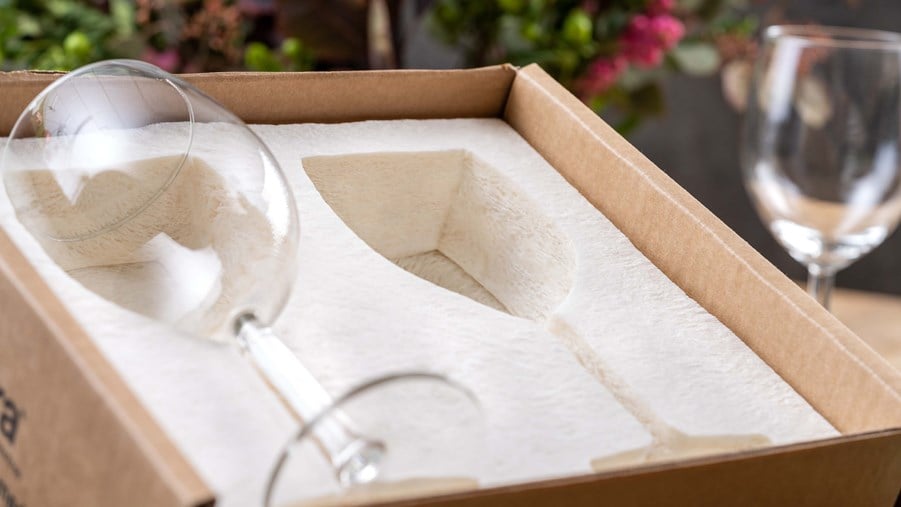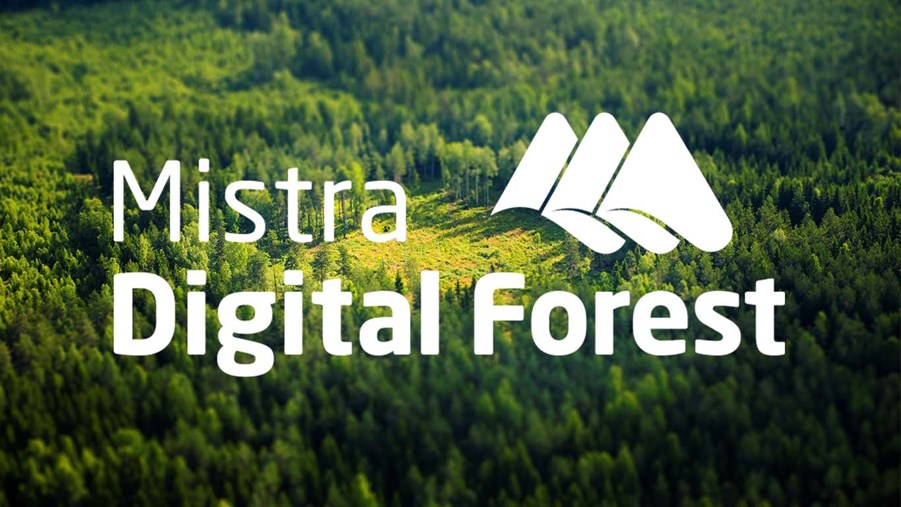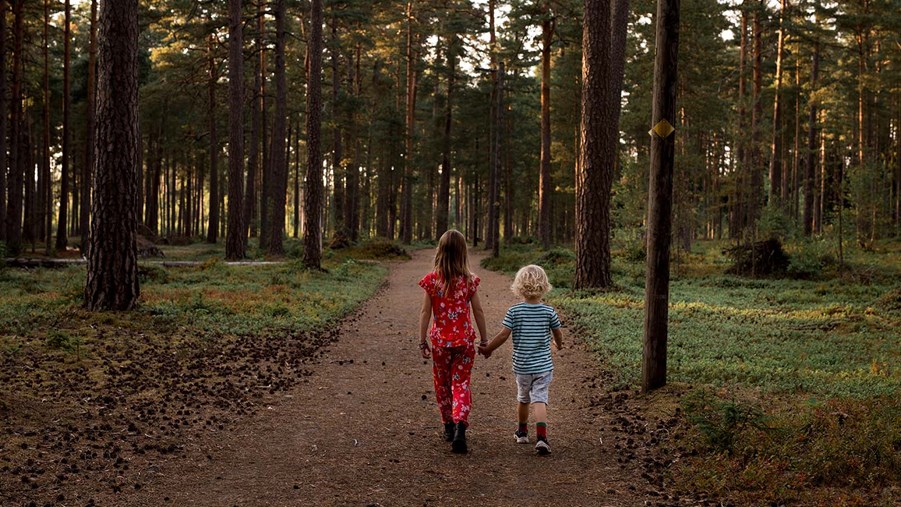
Swedish forestry and Sweden’s forest industry are in a growth phase and are world leaders in several fields of research. As a result, Swedish forestry has fantastic opportunities to contribute to societal development that is socially, economically and environmentally sustainable. Research creates a basis for the forest industry to invest in and develop solutions that offer long-term profitability and global competitiveness that contribute to more sustainable consumption and climate benefits worldwide.
With the help of well-established joint research programmes, it is possible to achieve even more. Broad-based collaboration between all green industries and within bio-based processing, with academia and other institutions, lays the foundations for extensive research and is a key innovation driver. Forest and forest industry research also needs international collaboration to maintain the highest standards and produce global effects. Properly prioritised research underpins good profitability and global competitiveness.
Research areas for the forestry industry of the future
The forestry industry has considerable opportunities to facilitate sustainable development in several areas. The areas presented below are based on the forestry industry’s and the research community’s joint assessment of areas where increased research will create opportunities to accelerate moves towards a circular bio-based society.
- Forest and forest raw materials
- Fibre-based products and biorefinieries
- Wood processes and wood products
Dowload or order a copy of The Swedish Forest-based Sector Research Agenda, where the research areas are presented in detail.




